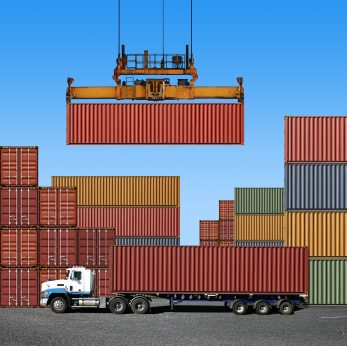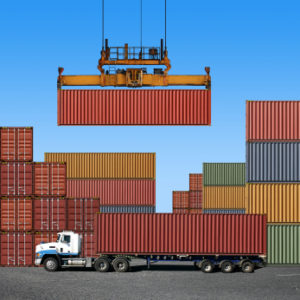Philippine merchandise trade grew 13.5% in June 2018, reaching US$14.8 billion from $12.99 billion in the same month last year, backed by a double-digit growth in imports but tempered by a 0.1% decline in exports.
Data from the Philippine Statistics Authority (PSA) showed that imports went up 24.2% to $9.05 billion in June 2018 from $7.29 billion in the same month of the previous year as all commodity groups posted hefty gains. Imports have continuously posted increases since the start of the year.
Exports, on the other hand, went down 0.1% to $5.700 billion in June 2018 from $5.704 billion in June 2017, its fifth straight month of decline this year as only four of the top 10 exported commodities recorded increases for the period. Higher revenues from manufactures, forest products, and petroleum slightly offset lower receipts from mineral and agro-based products.
Furthermore, the country’s balance of trade in goods increased to a $3.35-billion deficit in June 2018, higher than the $1.59-billion deficit in June 2017.
The National Economic and Development Authority (NEDA) said promotion and development of Philippine exports should be more aggressive.
“Creating a broader market base for exports through effective trade facilitation and by effectively utilizing existing free trade agreements, as well as forging new ones, [is] important in improving our export market moving forward,” Socioeconomic Planning Secretary Ernesto M. Pernia said in a statement.
The Cabinet official said the government needs to ensure that the country’s National Single Window (NSW), now under the TradeNet system, is already operational in 2018 as programmed. This will set up the necessary infrastructure to seamlessly connect relevant agencies involved in processing export and import permits and other trading requirements.
The recent signing of a memorandum of understanding between trade officials of the Philippines and the United Arab Emirates to create a more enabling trading environment is also a positive development, particularly in terms of halal goods accreditation, Pernia noted.
There has also been progress in the negotiations on a possible US-Philippines Free Trade Agreement in a bid to expand markets for the Philippines’ agricultural products like carrageenan and seaweed, as well as for garments and textiles.
“We should also negotiate for lower tariffs with other trade partners. In the case of bananas for instance, the reduction in tariffs will enable the country to compete with other banana exporters,” Pernia said.
Apart from expanding market access, NEDA said that “unfair logistics pricing should also be addressed.” The Department of Trade and Industry has recently called on the Philippine Competition Commission to review the shipping charges of foreign shipping lines, as alleged excessive logistics costs undermine the competitiveness of traders.






